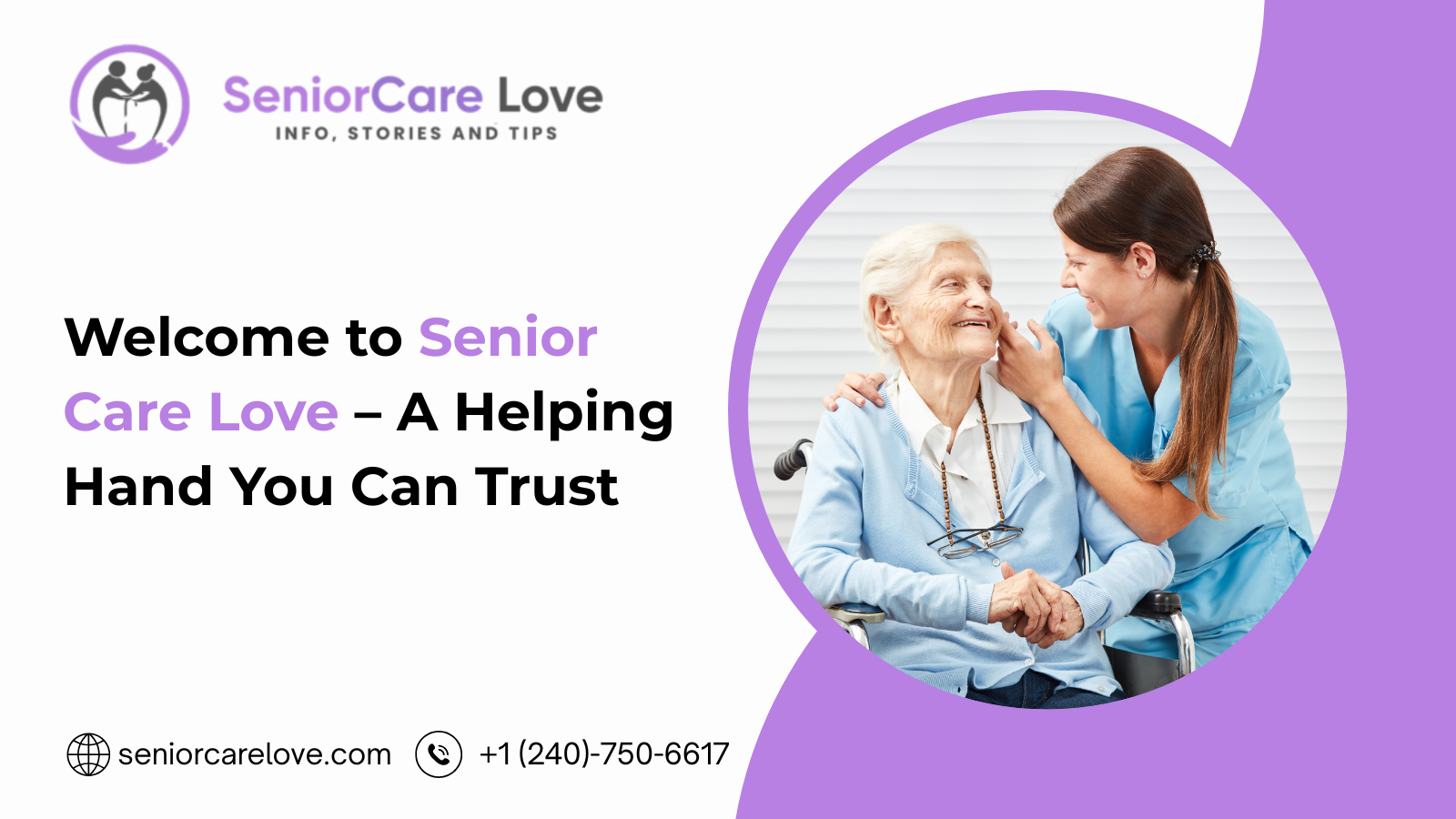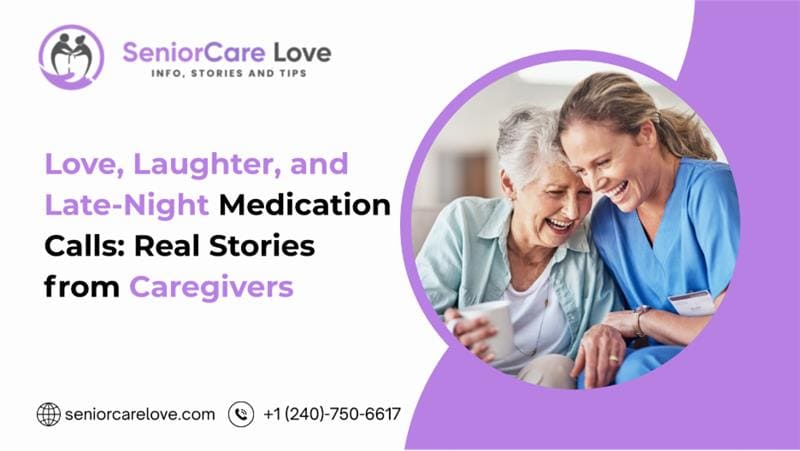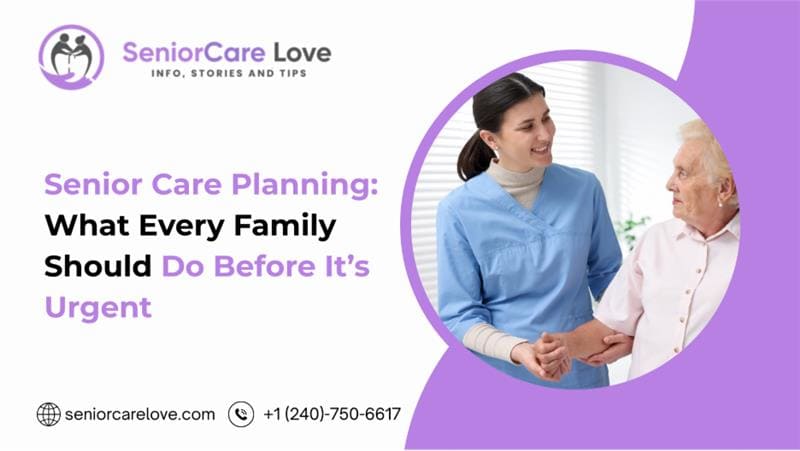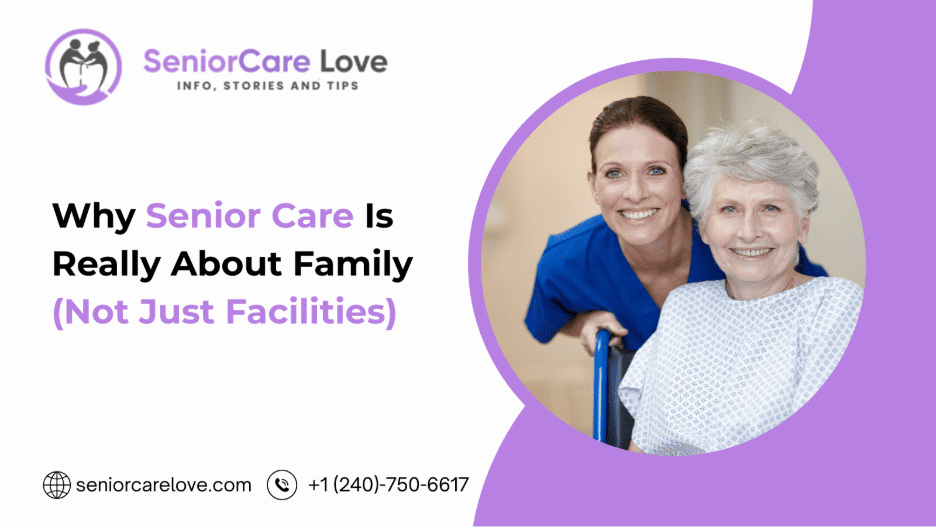The Golden Tide: What’s Really Causing the Surge?
Let’s call it what it is—a demographic landslide. By 2025, Maryland and Washington DC are witnessing a rapid swell in their senior population. According to census projections, more than 20% of residents in these regions are now over 65. And before you imagine knitting circles and endless reruns of “Murder, She Wrote,” let us stop you. This generation is dynamic, active, and demanding more from their golden years than ever before.
The growing number of older adults isn’t just a statistic; it’s a shift in how we live, work, and care. These seniors are staying in their homes longer, maintaining independence, and expecting a quality of life that includes dignity, wellness, and yes—Wi-Fi that actually works. The natural response to this population boom? An unprecedented need for professional caregivers.
Caregivers today are no longer optional—they are essential. With more seniors opting for aging in place rather than institutional care, families are turning to caregiving services that are flexible, compassionate, and deeply human. In Maryland and DC, where urban pace meets suburban sprawl, this need is especially urgent.
So, the demand isn’t creeping up quietly—it’s knocking loudly, politely, and with a casserole dish in hand.
Let’s Get Personal: The “Mrs. Doris” Factor
At Senior Care Love, we have our fair share of stories, but the one we tell most often is about Mrs. Doris. She’s 83, owns four pairs of house slippers (each for a different “mood”), and has very firm opinions on how tea should be steeped. But beneath her sass and slippers lies a deeper need—a desire for connection.
When Mrs. Doris came to us, she didn’t want someone to just “take care of things.” She wanted someone who would see her. Enter Melinda, a caregiver with an eye for detail and a heart as wide as the Chesapeake. What started as a weekly companion visit quickly became a bond forged over card games, chicken pot pie, and shared memories.
This is what we’ve dubbed the “Mrs. Doris Factor”—the profound impact of personal connection in caregiving. Our seniors don’t just need someone to do tasks. They want someone who listens to their stories, who knows how they take their toast, and who can spot a mood shift before it turns into a crisis.
Care today is not only about the body. It’s about the soul. Mrs. Doris reminds us that caregiving, at its best, is human connection dressed in scrubs—and sometimes, a cardigan.
Healthcare Systems Are Backlogged—And Guess Who’s Picking Up the Slack?
In case you missed the memo, healthcare systems are stretched thinner than pie crust in a budget Thanksgiving. Hospitals are dealing with post-pandemic backlogs, long-term care facilities are at capacity, and emergency rooms? Let’s just say a sprained wrist might take hours to be seen—if at all.
So who’s stepping up? You guessed it: home caregivers.
Families across Maryland and DC are realizing they can’t rely solely on institutional care anymore. Appointments are hard to come by, and hospital stays are shorter, which leaves recovery and monitoring tasks to—yep—the family. But not every family has a registered nurse just hanging out in the guest bedroom.
Caregivers are becoming the safety net, managing:
- Post-discharge care and medication routines
- Daily mobility and personal hygiene
- Nutrition, hydration, and emotional support
This shift has made home caregivers an indispensable part of the healthcare equation. They’re not just assisting—they’re preventing hospitalizations, managing chronic conditions, and providing a continuity of care that facilities often can’t match.
We used to call them aides. Now, we call them essential. In 2025, home care isn’t the fallback—it’s the front line.
Tech Is Evolving—But It’s Not Replacing the Human Touch
Let’s get one thing straight: technology has its place. Motion sensors that alert for falls? Great. Medication reminders with cute chimes? Handy. Apps to track blood pressure from a smartphone? We’re on board. But here’s the reality—we’ve never had a tech gadget give a proper hug or notice a client’s “off” mood by the tone of their good morning.
That’s where caregivers still reign supreme.
In 2025, even with all our smart devices, empathy isn’t programmable. A smartwatch can’t detect loneliness. A tablet won’t notice when Mrs. Perez hasn’t cracked a joke in three days. And Alexa, bless her virtual heart, doesn’t know how to navigate the nuances of dementia with patience and kindness.
At Senior Care Love, we embrace tech—not as a replacement, but as a support. It allows caregivers to focus more on the human side of care: listening, observing, and being present.
We’ll keep using apps, yes—but we’ll never trade them for a caregiver’s warmth. Technology can remind someone to take their meds. A caregiver will notice if they’ve already taken them twice today—and stop a potential emergency.
Because at the end of the day, no algorithm can replace the comfort of being seen.
Immigration, Policy Shifts, and Workforce Challenges
If you’ve ever tried hiring a caregiver in Maryland or DC lately, you might have experienced the caregiver equivalent of trying to find a parking spot in Georgetown on a Saturday: nearly impossible.
Why the scarcity? It’s a perfect storm. Post-pandemic burnout led many caregivers to leave the industry altogether. At the same time, immigration policies tightened, drastically reducing the influx of foreign-born care professionals—who historically made up a significant part of the home care workforce.
Layer that with the high cost of living in the region, and we’ve got a recipe for a workforce shortage that’s hitting both families and agencies hard.
To meet the demand, agencies like ours are:
- Increasing wages to reflect the cost of living
- Expanding access to training and certification
- Offering benefits and emotional support to reduce burnout
But the reality remains: caregivers are in shorter supply than ever, even as demand rises. This mismatch is reshaping how we recruit, train, and retain talent. We’re investing in our team because we know—without them, everything else falls apart.
If caregiving is the backbone of senior health in 2025, the workforce crisis is the aching spine we urgently need to support.
Cultural Shifts and the Rise of Care-Conscious Families
Gone are the days when caregiving was a hush-hush, last-minute decision made after a family meeting over lukewarm lasagna. Today’s families are informed, intentional, and frankly, demanding—in the best way possible.
Adult children are interviewing agencies with the rigor of an HR director. They’re checking certifications, reading Google reviews, and asking (loudly) what kind of support caregivers themselves receive.
This shift has led to some big changes:
- Care is now seen as a partnership, not a service.
- Families want involvement, updates, and transparency.
- Emotional intelligence is just as important as technical skill.
And let’s not forget—today’s seniors are different, too. They want connection, control, and compatibility. They’re asking to interview caregivers themselves. They’re choosing services based on values alignment, not just cost.
The result? A caregiving landscape that’s more personalized, respectful, and holistic. And if you ask us, that’s a beautiful thing.
Senior Care Is the New Frontier of Public Health
Here’s a radical thought: what if caregiving is public health? Not just in a nice-to-say way, but in a “this-changes-everything” kind of way?
In 2025, we now have mountains of data showing that:
- Seniors with consistent caregiving have fewer ER visits.
- Social engagement improves cognitive outcomes.
- Preventative care at home reduces healthcare costs overall.
Every time a caregiver notices a medication side effect, prevents a fall, or simply listens to a concern before it becomes a crisis, they are reducing strain on our healthcare systems. They’re doing the work of prevention, which is the holy grail of public health policy.
Cities like Washington DC are now beginning to fund caregiver support programs. Maryland is piloting tax incentives for family caregivers. And why? Because investing in care saves money, builds community, and—wait for it—keeps Grandma out of the hospital.
So yes, caregiving is now more than compassion. It’s infrastructure.
Final Thought
If you’ve read this far (gold star for you), you know the caregiving landscape in Maryland and Washington DC is shifting—fast. But here’s what gives us hope: amid all the policy changes, tech innovations, and workforce challenges, one thing remains constant—the human heart behind the care.
At Senior Care Love, we believe caregiving is more than a service—it’s a calling. It’s about showing up, leaning in, and making sure no one has to age alone. It’s about the “Mrs. Doris Factors” of the world—those beautiful souls who remind us that love, dignity, and daily care are never outdated.
So yes, the demand for caregivers is surging. But it’s not just a crisis—it’s a chance to build something better. More connected. More compassionate and More human.
Let’s meet this moment—not with panic, but with purpose.
Because caregiving isn’t just a job in 2025—it’s a revolution in care.
Frequently Asked Questions (FAQs)
Q: Why is there a caregiver shortage in Maryland and DC?
A: An aging population, fewer incoming workers, and pandemic burnout have created a major supply-demand gap in the caregiving workforce.
Q: Are caregivers being paid more in 2025?
A: Yes, caregiver pay has increased as agencies prioritize retention and recognize caregiving as an essential, professional service.
Q: What caregiving services are most in demand?
A: Personal care, dementia support, companionship, mobility assistance, and medication reminders are the most requested services.
Q: Do caregivers need certification in MD or DC?
A: Yes, most roles require CNA or HHA certification, along with background checks and training in senior care protocols.
Q: Is caregiving a stable career path now?
A: Absolutely. It’s a high-demand field offering long-term job security, flexibility, and emotional fulfillment.
Q: How is technology used in caregiving today?
A: Tech supports caregivers through tools like care apps and health monitors—but it doesn’t replace the human touch.







